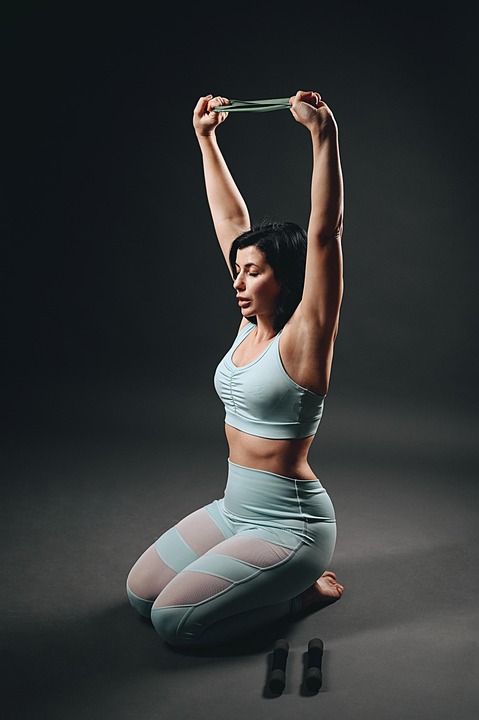
The Power of Plyometrics: How to Incorporate Explosive Training into Your Routine
Plyometrics, also known as jump training, is a type of exercise that involves rapid, high-intensity movements that aim to improve muscular power and explosiveness. This training method has been used by athletes for decades to enhance their performance in various sports, and it can also be beneficial for individuals looking to improve their overall fitness and athleticism. In this article, we will explore the benefits of plyometrics, how to incorporate explosive training into your routine, and provide examples of plyometric exercises that you can try.
What are Plyometrics?
Plyometrics are exercises that involve rapid, high-intensity contractions of the muscles, typically in a short period of time (less than 1 second). This type of training is designed to improve muscular power, which is the ability to generate force quickly. Plyometric exercises can be applied to various parts of the body, including the legs, hips, back, and upper body.
Benefits of Plyometrics
The benefits of plyometrics are numerous and include:
- Improved muscular power: Plyometrics can help increase muscular power, which is essential for athletic performance and everyday activities.
- Enhanced speed and agility: Plyometric training can improve speed and agility by increasing the ability to generate force quickly and change direction rapidly.
- Increased jumping ability: Plyometrics can improve jumping ability, which is essential for sports such as basketball, volleyball, and track and field.
- Better bone density: Plyometric exercises can help improve bone density, which can reduce the risk of osteoporosis and fractures.
- Improved coordination and balance: Plyometric training can improve coordination and balance by challenging the body to absorb and redirect force quickly.
How to Incorporate Plyometrics into Your Routine
Incorporating plyometrics into your routine can be done in a variety of ways. Here are some tips to get you started:
- Start with basic exercises: Begin with basic plyometric exercises such as jump squats, box jumps, and burpees.
- Progress gradually: Gradually increase the intensity and difficulty of the exercises as you become more comfortable with the movements.
- Incorporate plyometrics into your existing routine: Add plyometric exercises to your existing workout routine, such as after a warm-up or as a finisher.
- Focus on proper technique: Proper technique is essential when performing plyometric exercises. Make sure to focus on proper landing and absorption techniques to avoid injury.
- Incorporate variety: Incorporate a variety of plyometric exercises into your routine to avoid plateaus and prevent overuse injuries.
Examples of Plyometric Exercises
Here are some examples of plyometric exercises that you can try:
- Jump squats: Stand with your feet shoulder-width apart and then jump up, landing in a squat position.
- Box jumps: Stand in front of a box or bench and then jump up onto it, stepping down carefully to the starting position.
- Burpees: Start in a standing position, then drop down into a squat position and place your hands on the ground. From there, kick your feet back into a plank position, then do a push-up. Quickly return your feet to the squat position, then stand up and jump up in the air.
- Lateral jumps: Stand with your feet together and then jump sideways, landing on both feet.
- Depth jumps: Stand on a box or bench and then jump down to the ground, immediately jumping up as high as possible.
Safety Considerations
Plyometric training can be intense and may increase the risk of injury if not performed properly. Here are some safety considerations to keep in mind:
- Warm up properly: Always warm up before starting a plyometric workout.
- Focus on proper technique: Proper technique is essential when performing plyometric exercises.
- Start with lower intensities: Start with lower intensities and gradually increase the difficulty as you become more comfortable with the movements.
- Listen to your body: If you experience any pain or discomfort, stop the exercise immediately and rest.
Conclusion
Plyometrics are a powerful training tool that can help improve muscular power, speed, agility, and overall athleticism. By incorporating explosive training into your routine, you can take your fitness to the next level and improve your performance in various sports and activities. Remember to start with basic exercises, progress gradually, and focus on proper technique to avoid injury. With consistent practice and dedication, you can harness the power of plyometrics and achieve your fitness goals.